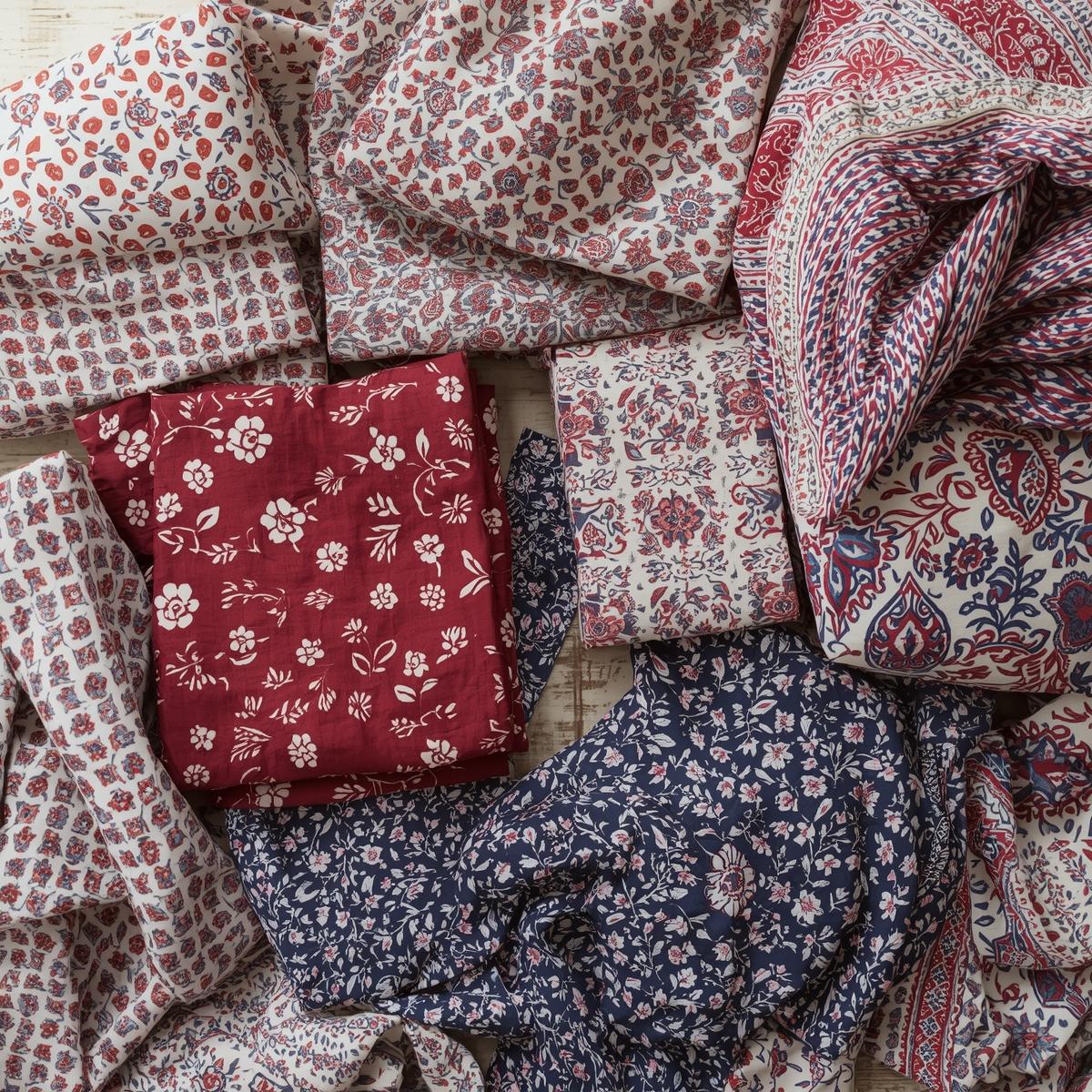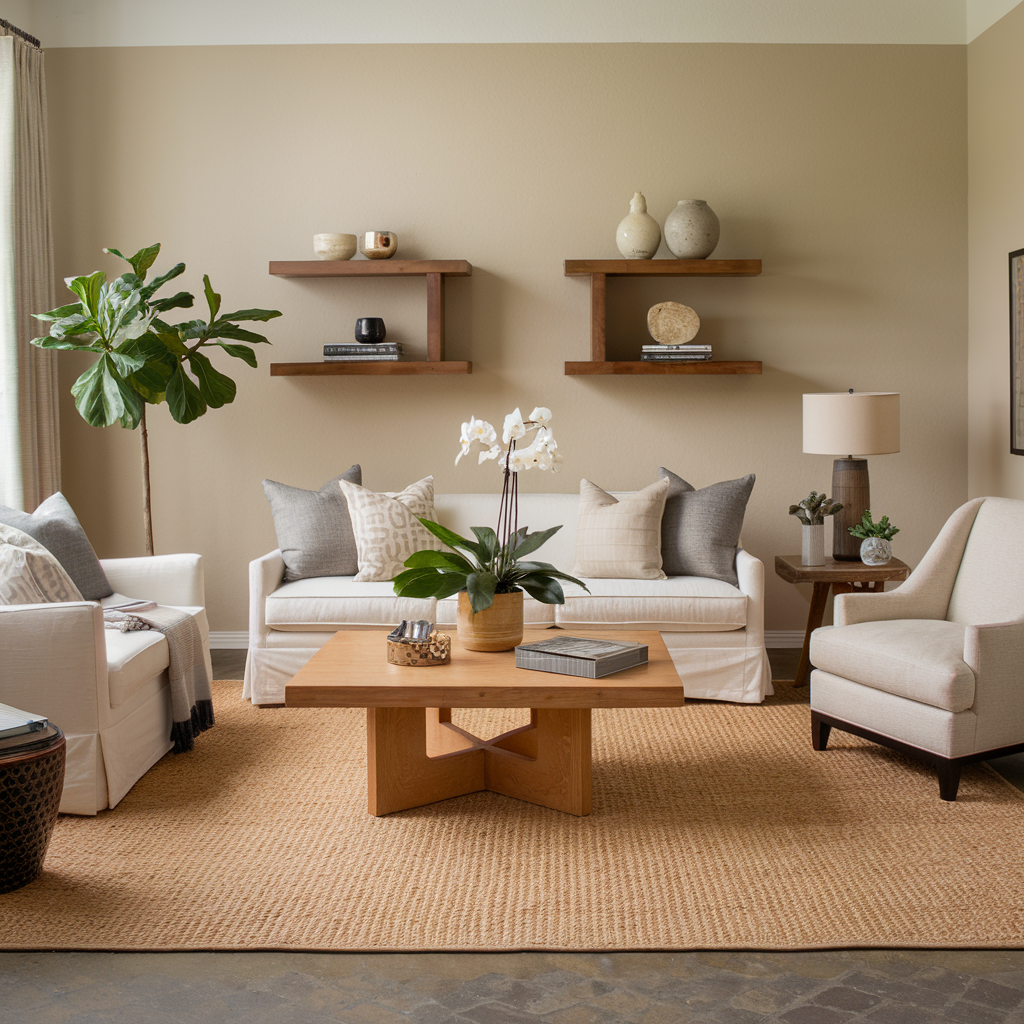The decorating styles in American homes have taken a new turn over the last couple of years, and it is no longer store-bought. A new creativity has already hit the wave - DIY home decor is no longer a hobby; it is a lifestyle decision.
Americans are currently redefining the meaning of home by combining resourcefulness, personal style, and sustainability. Your house should reflect you and not what some catalog says it is. As the interior designer, Bobby Berk puts it: Your home should be your story, not a catalog.

This is a trend that is not only artistic but also emotional in nature, of making average rooms extraordinary portraits of the people who occupy them.
The Roots of the DIY Movement
The contemporary DIY culture established itself at the beginning of the 2010s, yet it flourished with social media. Instagram and Pinterest triggered a wave of millions of people who made their own decor products by themselves. Nowadays, approximately 7 out of 10 U. S. homeowners claim to have tried at least one DIY project every year, and that is not in painting accent walls, making homemade pillows out of used clothes.
Practicality also arose with the DIY home decor trend. As living expenses escalated and people wanted something genuine, they started to understand that the best spaces were not constructed in the luxury showrooms; they were constructed manually. And now, with online instructions, anyone can be trained overnight to be a home stylist.
A space can be changed entirely by painting your walls, rearranging furniture, or strategically placing mirrors. As the famous words of a designer, Joanna Gaines, said, it is not about how much, but how to make something out of what you have.

Personalization at Its Core
The central theme of DIY is the one word, personalization. Americans desire a house that appears and feels like them, as opposed to a recreation of the Pinterest board of another individual. DIY allows that freedom. Having handmade pillows in meaningful fabrics, wooden shelves that have been turned into recycled products, hand-made wall hangings, and personalized walls, every item is a piece of individuality.
Even minor details of being handmade, such as embroidered cushion covers or hand-painted jars, can become a story in a corner. When you enter the house of a person, they do not only want to look at the decor, but they would like to get a sense of your personality.
Psychology of colors is a factor as well. Warm yellows make one feel hopeful, and cool greens and natural neutrals bring tranquility. The combination of cotton linen fabrics in residential interior design has also found a new home within the U.S., as it provides a thickness and a classic warmth to home-made spaces.
Sustainability and Upcycling: Making with a Conscience
Sustainability is one of the strongest arguments that contributes to the emergence of DIY home decor. People in America are turning to be conscious consumers, and they are finding the beauty in reusing what is already in their own possession. The old ladders are redesigned into rustic bookshelves, mason jars into glowing lamps, and used fabrics become gorgeous throw covers or table runners.
Design experts argue that close to 60% of American families now include recycled or environmentally friendly items in their residential designs. This is not a trend at all, but a shift toward conscious living. According to interior designer Leanne Ford, you provide a soul to something when you create it with your hands. And your house entitles parts with soul.
Other than environmental advantages, crafting is a source of mental tranquility. When working on the DIY project, people tend to refer to it as a therapeutic experience of mindful escape from the daily stress that results in something tangible and brings happiness.

The use of technology in DIY Decor
The DIY movement has found a new least expected friend in technology. You can have tips on literally anything, whether you want to try out wallpapers before purchasing, or you are a design enthusiast, and there is an online community where people exchange tips on all things design-related. Quick design tricks, such as turning old lamp bases into upcycled bases and no-sew cushion covers into viral trends, have become successful on social media, including TikTok.
Practicality is now also a fashionable concept through DIY. Furniture, collapsible shelves, and ornamental storage baskets are used as multi-purpose furniture. Such minimal additions make even tiny apartments stylish and orderly looking - evidence that style and sensibility can be the same thing.
Popular DIY Trends in the USA (2025 Edition).
1. Minimalism with Personality- Basic, neat designs with aggressive textures and handmade, colorful pillows.
2. Interior Plants- Indoor plants can be designed in the form of plant walls and artistic hanging gardens built using natural cotton cords.
3. Gallery Corners – Custom photo walls with a combination of black and white pictures and hand-drawn frames.
4. Boho Revival -Tassels, macramé wall hangings, and over-layered linen pillow in warm, earthy colors.
5. Smart DIY Decor- Cheap smart lights, voice-controlled diffusers, and eco sensors incorporated into custom-made designs.
These projects are creative and practical and demonstrate the fact that great design does not require a lot of money.
Difficulties and Competent Solutions
DIY may not be the easiest stroll in the streets at times, and time, resources, and patience may run out. But, as old artists say, the pleasure is in the doing. Begin with simple projects, go through simple tutorials, and do not worry about perfection. Any accidental moment of oops usually results in an even more surprising, beautiful thing.
Summary: Your Home, Your Canvas by Fabritual
The DIY home decor market in the United States has expanded as a trend to an aesthetic of creativity, awareness, and sustainability. It is all about creating comfort, your style. Your journey is depicted in every brush stroke, every piece of fabric, every handcrafted detail in your home.
We do celebrate this spirit in Fabritual. Discover an edited assortment of homemade pillow cases, luxurious curtains, handcrafted lampshades, and classic table runners — the pieces that will make you feel like creating something beautiful. All the products have the coziness of cotton, the simplicity and beauty of linen, and the creativity that drives the modern DIY spirit.
According to the designer Amber Lewis, your home should not be decorated but rather collected. Allow Fabritual to build you narratives - one handmade creation at a time.
FAQs
Q1. What are the simplest DIY home decor projects?
Begin by painting accent walls, making simple wall hangings, or making handmade pillows using recycled fabrics.
Q2. What can I do to make my house look fashionable, without spending a lot?
Change pillow cases, introduce greenery, and work with upcycled items; these minor choices have a significant visual effect.


